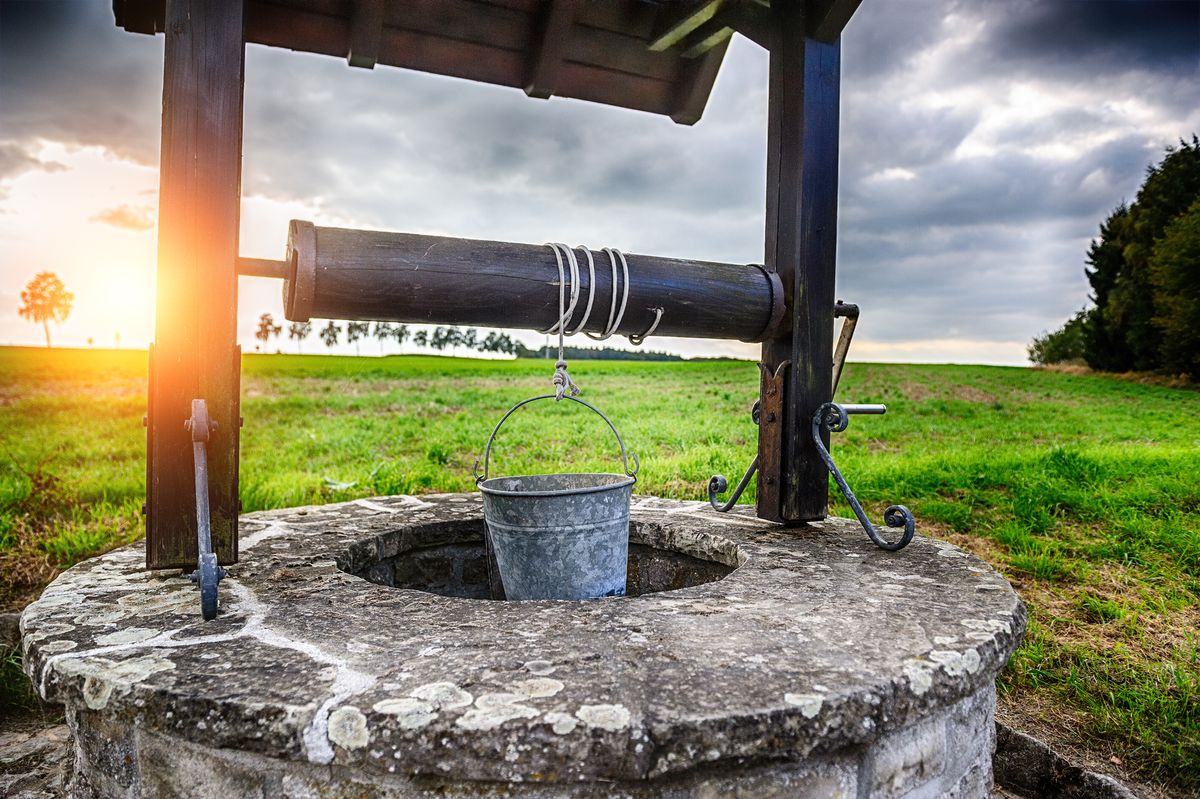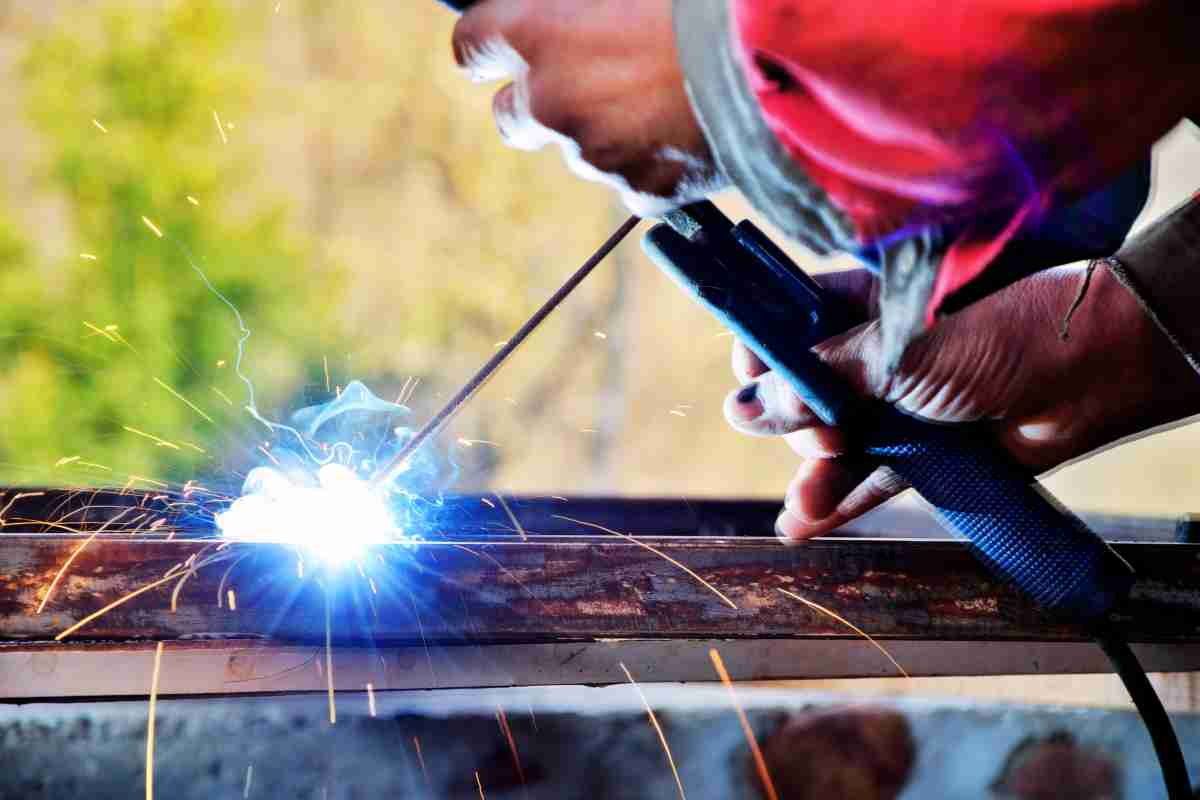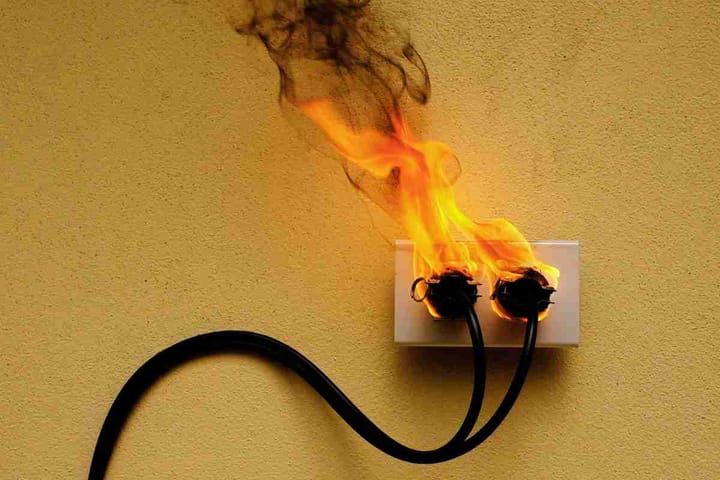Common Well Water Issues and Their Solutions
Over 23 million U.S. households still depend on well water, as reported by the EPA in 2021, making it a crucial resource for daily needs.

Even today, well water remains to be a valuable resource. Many households still rely on it for their daily needs. In fact, as reported by the Environmental Protection Agency (EPA), over 23 million households in the United States continue to depend on private well water systems as a primary water source in 2021.
But here’s a catch: just like any water source, well water systems aren’t immune to problems that jeopardize their quality and usability. Having said that, below is a list of some common well water issues plus their respective solutions to help ensure your well water remains safe, clean, and suitable for daily usage and consumption. Read on.
Common Issues
- Low water pressure
Suppose you’re in the middle of a good shower or washing the dishes. Then, out of the blue, the water pressure from the faucet acts up, stopping you in your tracks. This can be such an annoying situation you definitely don’t want to get entangled in as it disrupts you in your daily routine.
So, what’s behind the low water pressure in well systems? Generally, it’s often associated with the well pump itself. Other possible culprits may include clogged pipes, pump problems, or low water levels.
Solutions:
First, you’ll have to check your water pipes for any clogs or leaks. Blockages could restrict the water flow, affecting your well water’s pressure. Clearing out debris or mineral buildup may help resolve this issue. But if the problem continues, it’s best to consult a well technician to inspect or replace your well pump. Regular maintenance, which involves replacing filters or cleaning, can also prevent future hitches.
Moreover, adding a water storage tank to your well water system can also help maintain a consistent water pressure. Its main function is to store and regulate water flow, which paves the way for a steady and reliable supply, even during peak usage times. Consider investing in high-quality options such as EPP Well Solutions well water storage tanks to enhance water pressure and overall system performance.
- Contaminated and polluted well water
More often than not, natural contaminants can easily make their way into the well water, from minerals like iron and manganese to heavy metals such as arsenic and radon. Also, don’t forget microorganisms such as bacteria and viruses just lurking around the corner.
In contrast, human-induced factors like agriculture and improper waste disposal may also pollute well water systems. This type of contamination can introduce pesticides, herbicides, nitrates, and hazardous chemicals into groundwater. Malfunctioning septic systems, leaking underground storage tanks, and landfills also have the possibility to leach harmful substances into the groundwater supplying the well.
Solutions:
With so many ways your well water can get polluted, it would be best to have it regularly tested for contaminants by a certified laboratory. That way, you can ensure your well water is always safe and clean for usage and consumption. In case contamination is already present, the best thing to do is consult a water treatment specialist immediately to identify and implement an appropriate treatment system, such as UV sterilization, reverse osmosis, or chlorination.
- Sputtering faucets and air in water lines
Sputtering faucets and air bubbles in water lines may seem like normal occurrences for many, but they’re actually signs of air getting into your well system and are total bad news! When ignored long enough, such issues can lead to poor water quality and, expectedly, impact the efficiency of your well pump.
Solutions:
The next time you witness your faucets sputter water again, immediately check your well pump's condition, impeller, and seals, and continue doing so regularly. If you’ve detected some signs of wear or damage, you must have them fixed or replaced at the earliest moment possible to avoid air infiltration.
- Hard water
Hard water—a common issue in well water systems—is generally caused by the massive presence of minerals like calcium and magnesium. But how does this come about? When the water evaporates, these minerals tend to leave behind scale deposits on pipes, fixtures, and appliances. Do note that hard water not only affects your plumbing's performance but may also lead to increased energy consumption in water-heating appliances.
Solutions:
When faced with such an ordeal, you’re recommended to install a water softener. Salt-based water softeners are the most common type and are highly efficient at reducing water hardness. Meanwhile, salt-free water conditioners are an alternative to traditional salt-based softeners. They prevent mineral buildup but don't remove minerals from the water.
Regardless of what type of water softener you choose, ensure to keep up with its regular maintenance for optimal performance. Don’t forget to adjust its settings as necessary as the water hardness can change over time.
- Well pump problems
Well pump issues can be a major headache inducer, even more so than experiencing low water pressure. That’s because they can either lead to frequent interruptions in the water supply, or worse, complete system failure. So, what to blame? Well pump issues can be caused by different reasons, from electrical faults, wear and tear, or pressure tank problems to improper sizing.
Solutions:
Like any other machine or appliance in the house, regular maintenance is key to keeping your well pump in good working order. Schedule periodic inspections by a well technician so they can check the system for wear, electrical connections, and other potential problems. If you’re experiencing electrical issues, consult an electrician to ensure that wiring, control boxes, and circuit breakers are functioning as they should. On the flip side, a total well pump replacement may be necessary in cases of extensive wear or pump damage.
- Changes in water quality due to seasonal changes
Did you know that seasonal changes can also affect well water quality? Factors such as heavy rain, snowmelt, or droughts can alter the water table, leading to taste, odor, or color issues.
Solutions:
To address seasonal variations in water quality, it’s suggested to schedule regular water testing, preferably once every year and several times a year for households with pregnant women or mothers who have infants. To further add, consider installing water filtration systems to get rid of impurities and contaminants primarily caused by seasonal changes. Lastly, ensure the wellhead is properly sealed and maintained to reduce the risk of surface water contamination during heavy rainfall.
- Well casing issues
The well casing is a crucial component of your well system. It’s responsible for ensuring the structure’s solidity and preventing contaminants from dominating your well water supply. But, as time passes by, it can deteriorate (develop cracks or corrode), putting your well system’s integrity at risk. It also gives harmful elements a perfect opportunity to infiltrate your water.
Solutions:
As a solution, regularly inspect your well casing for possible signs of physical damage and corrosion. If you find issues, waste no time and consult a well professional right away. There may also be cases where it’s still possible to rehabilitate the corroded well casing by applying a specialized lining. This process can extend the pipe’s lifespan and prevent further corrosion. Meanwhile, if the casing is already damaged beyond possible repair, total replacement may be necessary.
- Sulfur odor and iron stains
Perhaps you've tried drinking water with a foul sulfur odor or unsightly iron stains mixed in it. Totally unappealing, right? It can frustrate and discourage the entire household from consuming or using well water. These issues are generally caused by certain minerals and contaminants.
Solutions:
Of course, you can sort this thing out! To do so, you shall first conduct water testing to determine the exact levels of sulfur and iron in your water to make it easier when selecting the appropriate treatment method. Then, install a well water treatment system that promotes proper aeration and oxidation to get rid of the hydrogen sulfide gas efficiently.
Chlorination can also be another alternative yet effective method for treating sulfur odor as it disinfects the water and eliminates the bacteria responsible for hydrogen sulfide production. For iron stains, consider an iron removal filter that traps and removes iron particles from the water.
- Sediments and rust in well water
Just like iron stains and foul sulfur odor, seeing rust and other sediments floating in your well water can be unsightly and influence your drinking water’s overall quality. These problems are generally caused by corroded pipes, well equipment, or the quality of the surrounding soil.
Solutions:
As a solution, install sediment and iron removal filters at the point of entry to your home's water supply so you can trap the said elements. This method ensures that only clean water gets into your plumbing. Furthermore, repair or replace corroded or damaged well components to prevent sediments from entering the water.
The bottom line
Ultimately, proactive care and attention to common issues are the key to successfully maintaining a well water system. The good news is that there’s no rocket science involved! Knowing how to resolve the problems at the soonest possible time will ensure that your well water supply is consistently safe and dependable. So, be vigilant, take a mental note of the solutions enumerated above, and your well water will continue to be a valuable resource for your household needs.




Comments ()